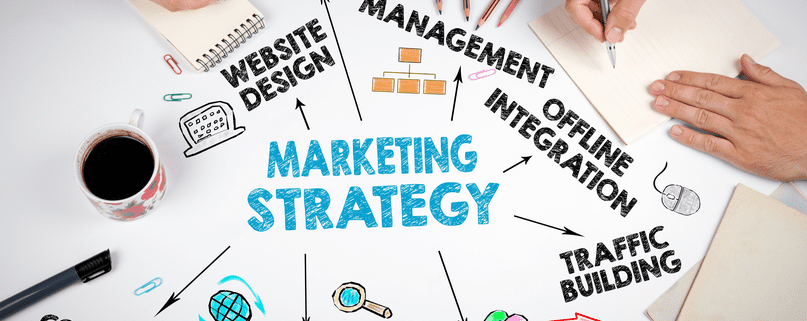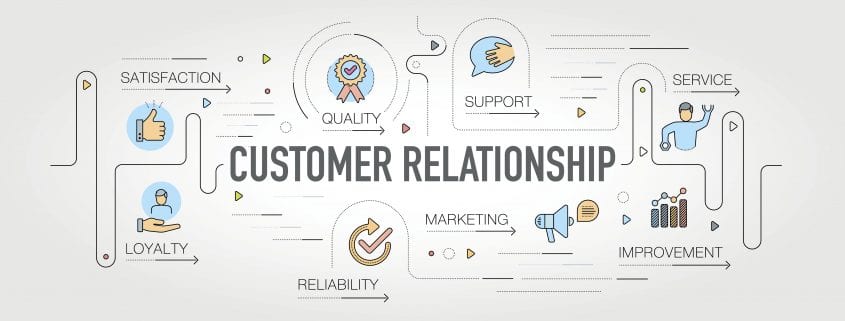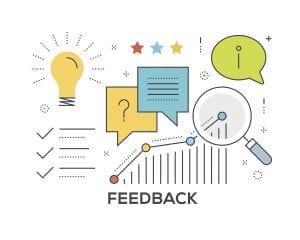
Six Cost Effective Marketing Strategies To Grow Your Brand
Most companies, from business start-ups to established brands, recognize the importance of marketing. However, some may stray away from marketing tactics because they view them as costly. In reality, many cost-effective marketing strategies require little investment. Here are six of them:
Six Cost Effective Marketing Strategies
1. Blogging
Blogging is among the simplest yet most effective ways you can market. Google’s ranking mechanisms highly rate blogs that are frequently updated with relevant, quality content. According to HubSpot, there is a positive correlation between blogging frequency and visitor traffic. If you can manage I6 or more blog posts a month, you will get you 3.5 times more traffic as compared to blogs that publish 0-4 times in a month. Blogging is inexpensive because you can have your own staff create the content, and hire freelancers if you need extra help.
Read About: How Businesses Can Use a Blog To Strengthen Their Online Marketing Efforts
2. Mailing lists
Mailing lists are also an effective and inexpensive way to generate leads. Email lists can be used to remarket to customers you have already interacted with, as well as market to new contacts. Target your audience effectively by mailing content that offers solutions to the problems they may be facing. Remember to regularly update your contact lists.
3. Online marketing sites
Today, online platforms such as social media and websites are a crucial part of marketing. Depending on your business, different sites can be more effective than others. A site like Yelp allows you to create a profile for visibility and reviews, while TripAdvisor does the same for hotels, restaurants, etc. Mogul is a marketing site specifically designed for female business owners. A safe marketing strategy is to start by using less expensive websites, and then expand to others once you learn the ropes.
4. Calls to action
Once you know what kind of content your target audience is looking for, use calls to action to generate leads and position your company as the solution to their problems. Call To Action Phrases are so important. You can Create CTAs through HubSpot and use action words like “contact us”, “subscribe”, and “download” to get potential clients to click on your CTAs.
5. Press releases
It may take time to obtain the right press contacts, but once you do, press releases can be powerful marketing tools. Press releases are a cheap and reliable way to update your target audience on your successes with clients, and can be written by staff members or clients. Press releases can also be used to announce awards/accolades you have received, launch new products, announce company changes, launch promotions, etc. Overall, press releases will improve your image in the eyes of potential clients.
6. Videos
By 2024, it is estimated that video traffic will drive 82% of of IP traffic this year. Video production can be outsourced to qualified creators with high quality equipment, or you can develop them in-house at a lower cost. Video marketing is well worth the price because videos will increase your brand’s visibility, help you retain existing customers, and engage your target market while driving lead generation.
With these cost-effective marketing strategies, you can attract and convert your target audience without breaking the bank. Employing these tactics should increase your revenue in the long run, so the sooner you get started, the better. We wish you the best of luck!
 |









 Microsoft Advertising provides insights in its Festive Holiday Marketing Playbook to help businesses enhance holiday sales. Key points include understanding the timing of revenue peaks around Black Friday and Cyber Monday, leveraging deal-seeking behaviors among consumers, and capitalizing on search for online and in-store purchases. The National Retail Federation predicts a 3-4% increase in US holiday spending. Advertisers are encouraged to align strategies with the ‘Cyber-5’ period and utilize search for targeted advertising.
Microsoft Advertising provides insights in its Festive Holiday Marketing Playbook to help businesses enhance holiday sales. Key points include understanding the timing of revenue peaks around Black Friday and Cyber Monday, leveraging deal-seeking behaviors among consumers, and capitalizing on search for online and in-store purchases. The National Retail Federation predicts a 3-4% increase in US holiday spending. Advertisers are encouraged to align strategies with the ‘Cyber-5’ period and utilize search for targeted advertising. 












 Improve your user experience
Improve your user experience





